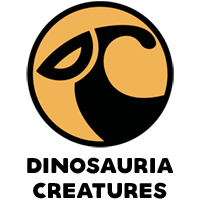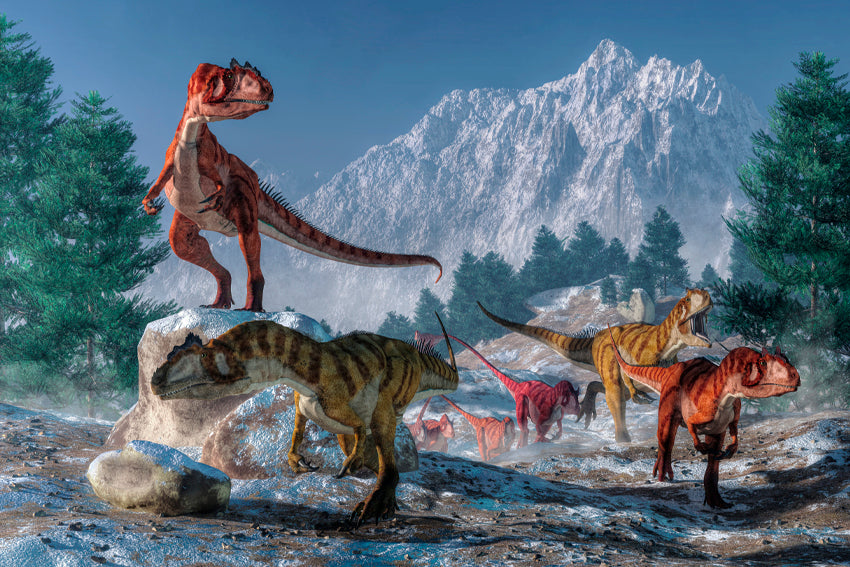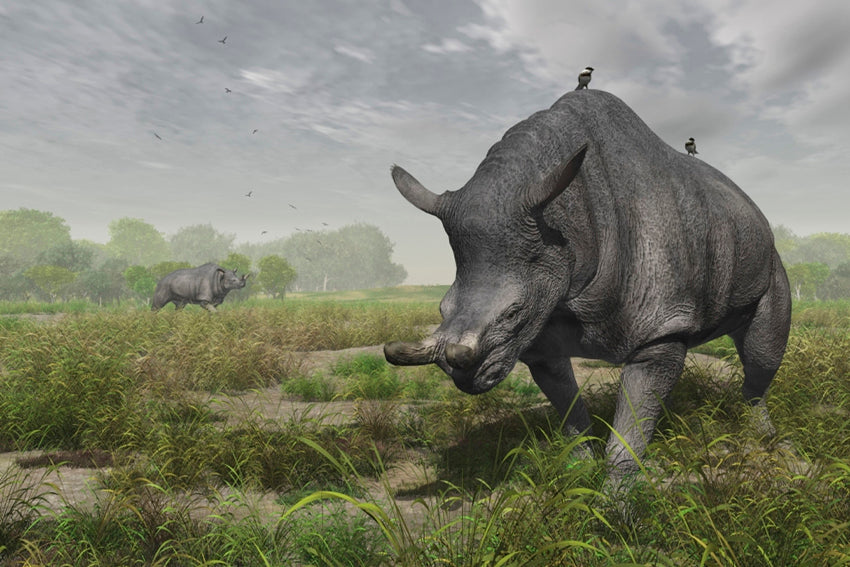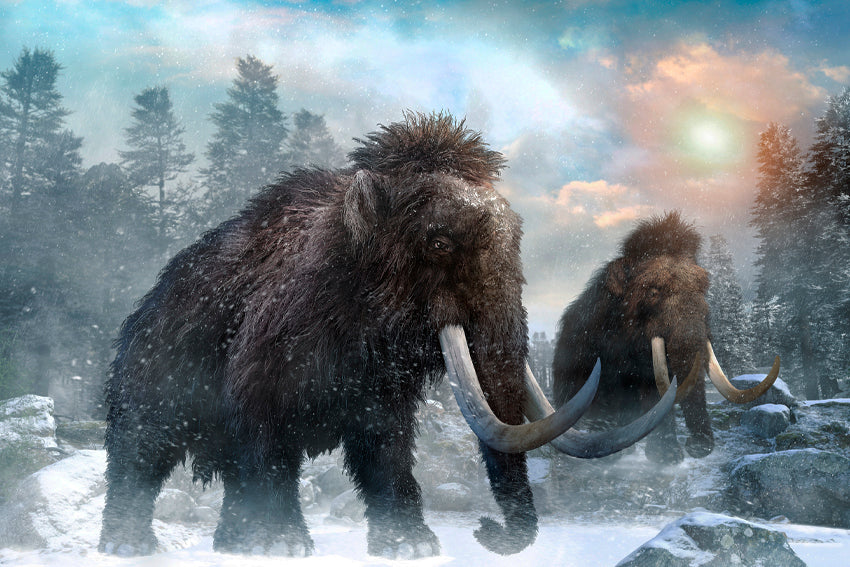The Jurassic period is one of the three parts into which the Mesozoic era is divided. It spans from the end of the Triassic period (199.6 ± 0.6 million years ago) to the beginning of the Cretaceous period (145.5 ± 4.0 million years ago). The beginning of the period is marked by the extinction of the late Triassic.
In the early Jurassic, the supercontinent Pangea broke apart, giving rise to two other large continents: Laurasia to the north and Gondwana to the south.
The North Atlantic was a relatively narrow sea, while the South Atlantic did not open until early in the next period. The Tethys Sea closed.
The climate was warm, with no evidence of glaciation. As during the Triassic, there is no evidence of the existence of emerged lands near the poles. Neither of the presence of polar caps.
The Jurassic geological record is extensive in Western Europe, where extensive marine sequences indicate that these lands were submerged under tropical seas at that time.
The strict conditions of the Triassic gradually changed during the Jurassic period. The hot and humid climate allowed the landscape to become covered in jungles. Conifers continued to dominate the flora. Cycads were also common, and ferns abounded in the forests.
The Jurassic fauna was dominated by dinosaurs, which were divided into two main groups: sauropods and theropods. Sauropods were large herbivores with long necks and tails, and four thick legs to support their enormous weight. Some of the best known sauropods from the Jurassic include Diplodocus and Brachiosaurus. On the other hand, theropods were carnivorous dinosaurs that moved on two legs and had sharp claws. Some Jurassic theropods include the famous Allosaurus and Ceratosaurus.

During the Jurassic, the higher life forms that inhabited the seas were fish and reptiles, including ichthyosaurs, plesiosaurs, and marine crocodiles.
Ammonites are especially common and diverse. New groups of invertebrates appear, such as planktonic foraminifera, of great importance in stratigraphy, or rudistas, reef-forming bivalves.
In the late Jurassic, the first birds evolved from dinosaurs. However, the air in this period was dominated by pterosaurs.





Share:
Triassic period
Cretaceous period